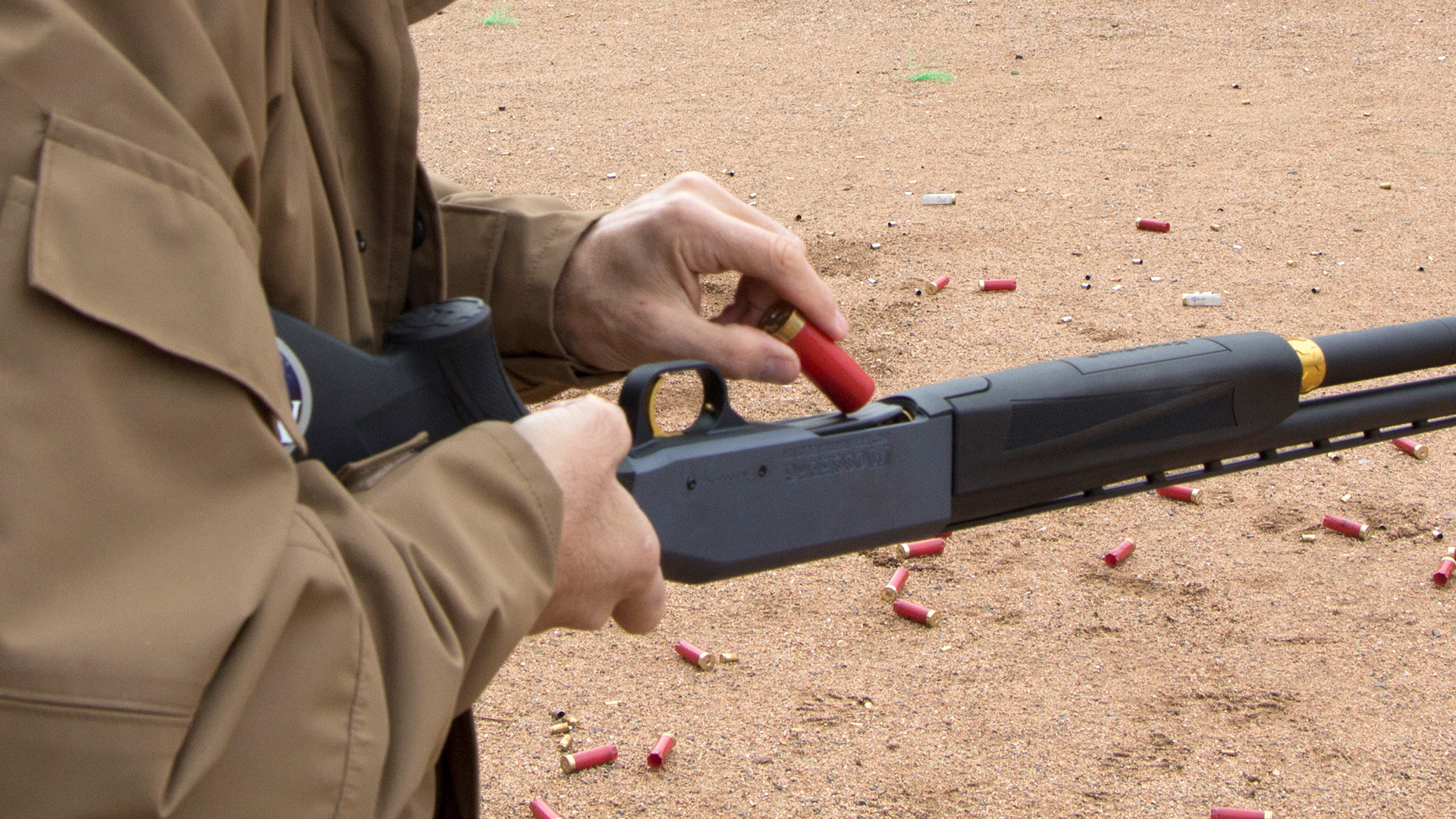
I’m not really sure where this business of speed re-holstering a handgun got started. Possibly, it began among competition shooters who thought it looked cool and was an indication of savvy gun handling. It might also have started with some defensive trainers for the same reasons. On the other hand, it really doesn’t matter. What folks should know about speed re-holstering is that it's dangerous and not a good idea at all.
Problems and injuries often occur when the hands move faster than the brain does. We get in a hurry and forget to get our index finger out of the trigger guard and put it alongside the frame. The one negligent discharge resulting in an injury that I personally witnessed was just such a case. The student was an old-time revolver guy who just couldn’t remember to get his finger out of the trigger guard when putting his gun away. His finger hit the top of the holster, and it came in contact with the trigger. There was a loud noise, when no one was expecting one.
The danger of speed re-holstering is increased if the shooter is using a striker-fired pistol with no external safeties. Not only can the trigger finger be the culprit, but pieces of clothing or some portion of the holster can also inadvertently impact the trigger, causing a discharge. This is not a condemnation of the striker-fire design but rather an indication that the shooter does not know and understand the mechanics of his or her chosen handgun.
To be fair, I am also aware of similar negligent discharges with single-action semi-automatic designs such as the 1911. The shooter fails to engage the thumb safety and continues to maintain a shooting grip on the pistol, thus depressing the grip safety. In this case, the pistol will fire when anything presses the trigger with sufficient force.
Whether or not a defensive shooter has had to fire a shot during an encounter, he or she should only put a pistol away when the action is over and the world is once again quiet and peaceful. Defensive shooters should re-holster slowly, making sure that their trigger finger is out of the trigger guard and alongside the pistol’s frame. By moving slowly, they are also able to detect any resistance before it becomes a serious problem and are able to correct the situation safely.
We practice this safe, slow re-holstering on the range and in dry practice so that we form a habit of handling the pistol safely. In the aftermath of an actual defensive encounter, our habit takes over, and the matter is resolved without our having fired an unintentional shot and/or injuring ourselves.
Engage those safeties, keep your finger straight and put the gun away slowly and carefully. You won’t need band-aids, you won’t be embarrassed and you’ll be glad of that.




































